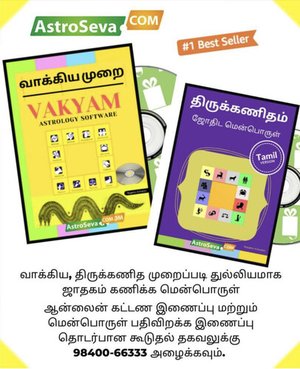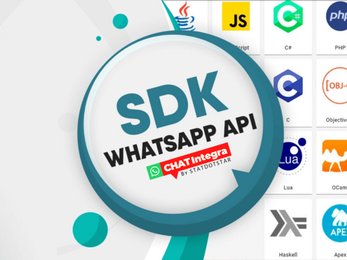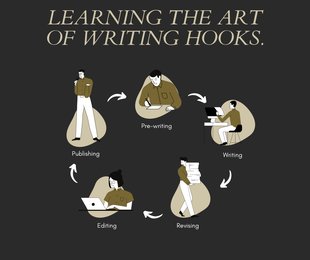Tasked them to get as much ROI as possible
“You have 2 hours to turn these 5 dollars into as much money as possible and give a 3-minute presentation about the same!”
In 2019, a Stanford professor:
- Split her class into 14 teams
- Gave each team $5 and 2 hours
- Tasked them to get as much ROI as possible
- Asked them give a 3-minute presentation after that
Here’s how it went down:
The losing teams chose trading. They bought several products and tried to re-sell them for a profit.
But, here’s how the Top 3 teams made hundreds of dollars from the given $5 in just 2 hours: ⏰
🤑TEAM #1
They set up a stand in front of the student union and pumped up bicycle tires for $1. They received an overwhelming response and also started to ask for donations.
–
🤑TEAM #2
They thought $5 was just a distraction and wanted to make the most out of the 2 hours given to them.
They booked reservations at popular restaurants and then sold their places to people waiting in line so that they wouldn't have to wait anymore.
–
Well, both of these teams earned hundreds of dollars but the winning team changed the game completely. Here’s what they did:
🤑THE WINNING TEAM:
Their most valuable asset was not $5 (so they did not buy and re-sell products)💸
Neither was it the 2 hours (so they did not pump up tires or sell reservations)⏳
They considered the 3-minute presentation time in front of the entire class to be their most valuable asset 👩🎓🧑🎓
And, guess what they did?
They sold their presentation time for $650 to a local company hoping to recruit students in the class!!
And, generated an ROI of over 12,000% by selling their distribution channel for 3-minutes.
As the professor says, "They recognized that they had a fabulously valuable asset others didn't even notice just waiting to be mined."
GENIUS. CRAZY. POWER OF ADVERTISING. VALUE OF A DISTRIBUTION SYSTEM 🚀
What would you do if you were given this $5 envelope?
Buy a lottery ticket? Purchase supplies for a car wash? Put a lemonade stand?
#college #students #power #money #advertising #learning #growth #mindset #moneymindset #team
Another lesson we can learn from this exercise is the power of creativity and thinking outside the box. The winning team recognized that they did not have to follow traditional approaches to turn their $5 into a profit. Instead, they thought creatively and found a way to monetize their presentation time.
Additionally, this exercise highlights the importance of identifying valuable assets and finding ways to leverage them. In this case, the winning team recognized the value of their presentation time and found a company willing to pay a significant amount of money to access it.
Lastly, this exercise emphasizes the value of teamwork and collaboration. Each team member brought unique skills and perspectives that contributed to the team's success. By working together, they were able to come up with innovative solutions and capitalize on each other's strengths.
In conclusion, the Stanford professor's exercise teaches us important lessons about creativity, asset identification, and teamwork. It shows that with the right mindset and approach, even a small amount of money can be turned into a significant profit in a short amount of time.
Certainly, here are some other similar exercises that can help develop creativity, problem-solving skills, and teamwork:
1. One Hour Challenge: Give groups a specific challenge, such as designing a prototype for a new product, and allocate just one hour to complete the task. This exercise encourages quick thinking, rapid prototyping, and teamwork.
2. Brainstorming Competition: Split participants into teams and give each team a specific problem to solve or a project to develop. Allocate a set amount of time for each team to brainstorm solutions or ideas. After the allotted time has passed, each team presents their ideas to the entire group, and the team with the best idea wins.
3. Escape Room Challenge: Participants must work together to escape a locked room by solving puzzles and clues. This exercise promotes teamwork, problem-solving skills, and critical thinking.
4. Scavenger Hunt Challenge: Set up a scavenger hunt with clues that require participants to think creatively and work together to solve. A scavenger hunt can be a fun and engaging way to develop teamwork, creativity, and problem-solving skills.
5. Bridge Building Challenge: Provide participants with materials such as straws, sticks, and tape, and challenge them to build a bridge that can hold a specific amount of weight. This exercise encourages creativity, critical thinking, and teamwork.
These exercises can all be adapted to suit different group sizes, settings, and objectives. They are great ways to develop important skills and have fun at the same time.





































